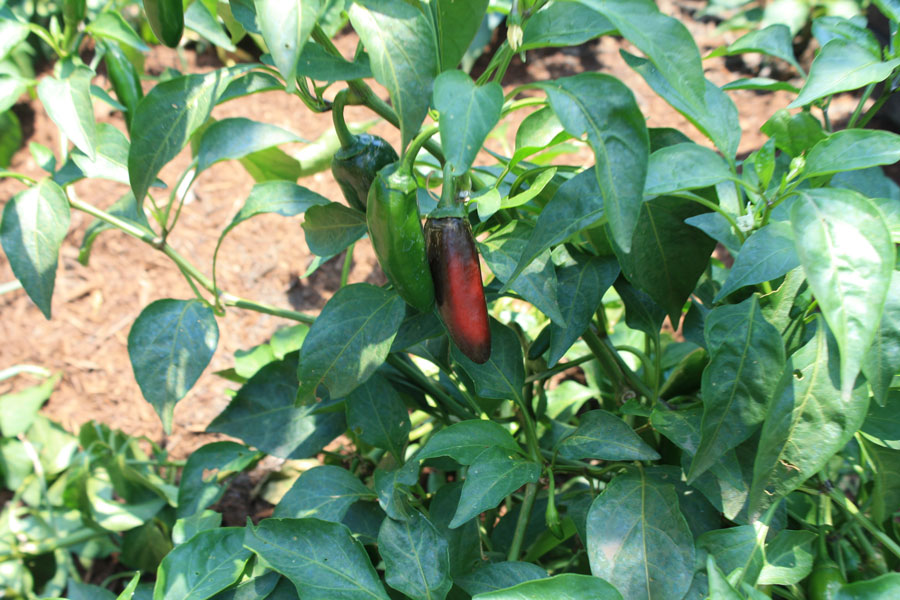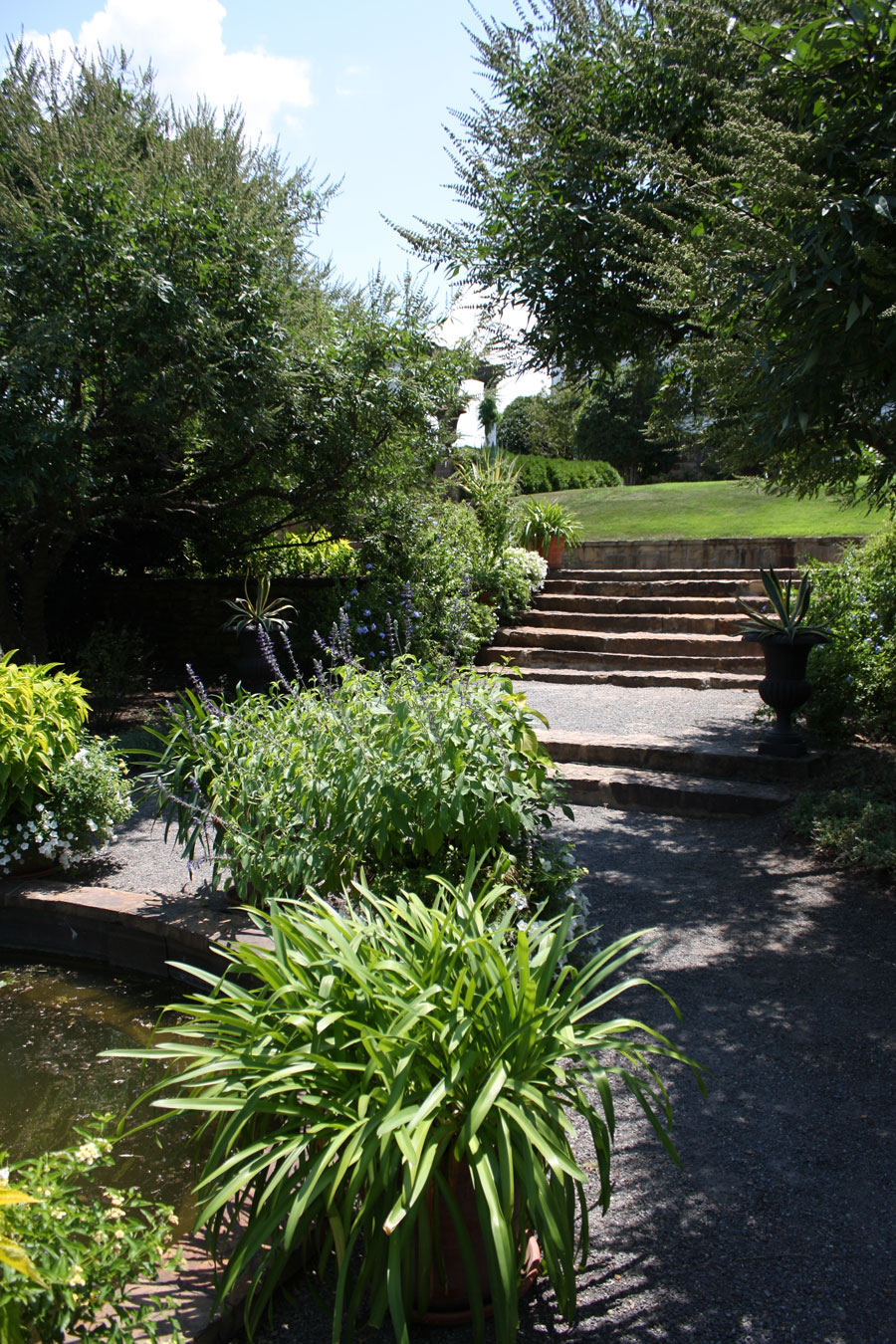The benefits of container gardening and why it’s a good substitute for conventional gardening
Published at | Updated at
EDITOR’S NOTE: This article was originally published on April, 26, 2020.
Most times when we think of gardening, we envision a nicely laid out plot of straight rows of beans, corn, and other garden veggies. Often, we don’t consider other opportunities to produce great crops away from the garden and in unconventional methods.
One of these ways is through container gardening. Not everyone has the acreage or square footage in the yard, such as people who live in apartments, to plant a garden. Others may not have the time or energy required to manage and maintain a garden plot. Container gardening can offer the benefits of fresh produce and the satisfaction of growing your own crops without the extra responsibilities of a conventional garden.
One of the added benefits of container gardening is being able to protect your crops from damaging frosts at the beginning or end of the season by bringing the entire plant and container inside a garage or other shelter.
Containerized gardens are also easier to cover with protective fabric or another covering to save them from frost damage.
One of the best benefits of container gardening is the soil. It can be specifically amended to meet the plant’s needs for nutrients and drainage. A good example is cactus or drought-loving plants that can be planted in soil that drains well, rather than trying to grow it in native soils where water may not drain away well enough. You can also plant your nitrogen loving crops in potting soil that is rich in organic compost.
Container gardening can also reduce the headaches that come from trying to improve a heavy clay soil or another kind of major soil issue in your conventional garden.
Another benefit to container gardening is potting soil, which generally does not come with weed seeds. You’ll be able to save time and labor because weeds will typically not be a problem.
To be successful with container gardening, keep four things in mind:
- Select a crop that fits the size of the container. When growing crops that require lots of space for roots or foliage, select a larger container that will accommodate their growing needs. (There are a few crops that just can’t perform well in a container, but most will do just fine)
- Use potting soil, and never use native soils in your container. Potting soil is specifically designed for efficient drainage and optimum water holding capacity. Native soils will become compacted in the container after it has been watered. It will become so hard that plant roots cannot grow, and the crop will stagnate and die.
- Use a container that is safe for plant production. Use clean containers that will not leach anything harmful into the soil. For example, do not use chemical buckets, pesticide containers, or other contaminated containers that may cause problems later on.
- Make sure that you have adequate drainage out the bottom of the container. This will take the guesswork out of managing the overwatering issues in container gardening. Containers without holes in the bottom can actually be very deceiving. They may look dry on the top, yet have standing water in the lower portion of them, causing the plant to drown in what appears on the top as dry soil.
Good luck with your container gardens, they truly are a great way to grow vegetables, and can be an attractive addition to most patios and yards.
For further gardening questions, please contact Lance at (208) 624-3102.

In the Garden is sponsored by ProPeat, which is dedicated to delivering solutions for any of your professional fertilization needs. Whether you need to reduce the harm to soils and the environment, or you're interested in the latest nitrogen, carbon and biochemical technologies, ProPeat is the perfect fit.





